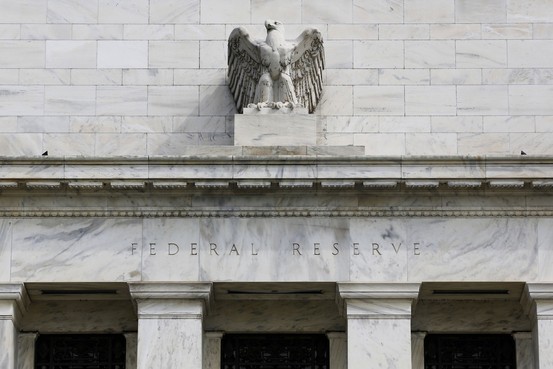Breaking up the buck for money market funds Times Union
Post on: 16 Март, 2015 No Comment

Page 1 of 1
A few months ago, the Securities and Exchange Commission released a 698-page proposal that affects every individual and institutional investor, as well as every treasurer who works for a corporation or government unit. Called Money Market Fund Reform; Amendments to Form PF (Release No. 33-9408), the controversial proposal challenges hallowed ground: $1-per-share pricing for money market funds.
Money market fund share prices don’t float with changing market conditions. They are artificially pegged to $1 per share. Now the stable $1-per-share pricing may be changing, which has significant consequences.
Why this potential change?
Money market mutual funds have been the subject of governmental scrutiny since the Reserve Primary Fund broke net asset value (NAV) during the financial crisis of 2008.
On Sept. 16, 2008, the day after Lehman Brothers announced bankruptcy, the Reserve Primary Fund’s share price broke the buck by falling 3 cents below $1 per share. The cause? A little more than 1 percent of that fund’s holdings were in Lehman commercial paper. The result? Large-scale redemptions from the fund, especially by institutional investors.
Before 2007, another 145 money market funds received support from the fund’s sponsor to maintain $1 NAV (or share liquidity), according to Moody’s Investment Services .
A floating NAV makes money market funds act like short-term bond funds, with share prices rising and falling with changing market conditions.
What’s the big deal?
A floating NAV:
1. will preclude the use of money market funds by many companies and public entities due to state regulations and investment policies.
2. will create unnecessary and unmanageable tax, accounting and administrative issues with significant costs.
3. may impact daily liquidity.
4. will cause a large portion of shareholders to exit the product.
Will a floating NAV achieve the SEC’s goal of preventing a run on a fund? Donahue thinks not: A floating NAV does not stop runs as shareholders will still exit a fund given credit concerns or fear of losses.

Donahue also noted that the Senate Appropriations Committee in July stated its concerns that a floating NAV will change the nature of money market funds, tighten capital availability and increase costs.
How does this affect the average investor?
After all, close to $2 trillion of the $2.7 trillion in assets in money market funds is held by households, according to the 2013 Investment Company Fact Book .
Vanguard, the mutual fund company, makes a good point in its comment letter to the SEC. Vanguard notes that money market mutual funds serve important investor needs, such as a diversifier in a portfolio of securities, a safe harbor during market volatility and an emergency fund to pay for unexpected expenses.
For retail investors, the $1 share price is a very highly valued feature.
As a result, Vanguard believes retail investors should continue to have the benefits of stable $1-per-share pricing, while institutional investors could work with a floating NAV.
The fluctuating NAV is only one aspect of the SEC proposal. To read it, go to the www.SEC.gov website and look in the Money Market Funds section.
www.sec.gov/comments/s7-03-13/s70313.shtml














